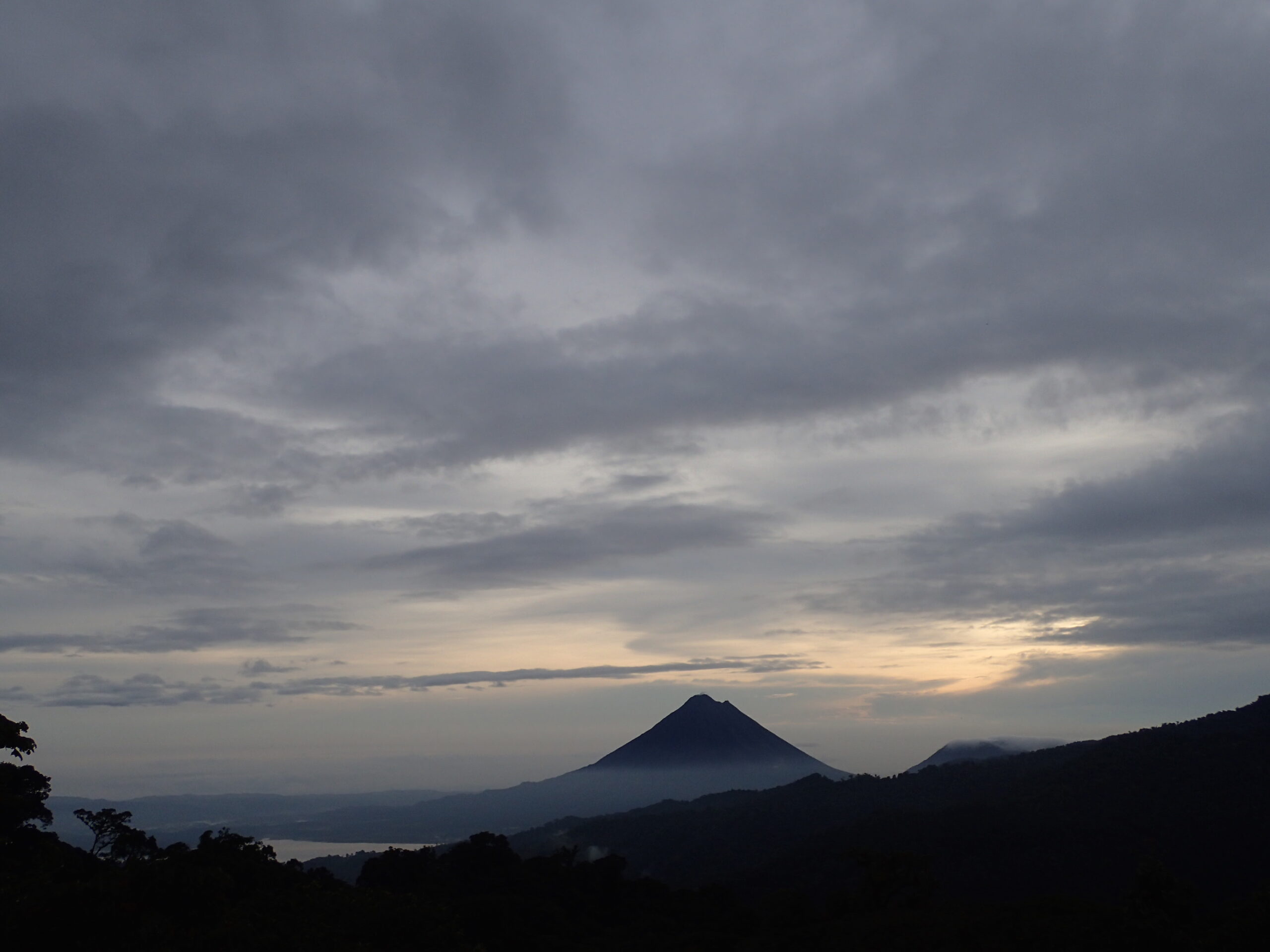
Determining the Abiotic and Biotic Drivers of Decomposition within Bromeliads (Bromeliaceae)
Satyatejas G. Reddy1 and Amanda T. Rugenski1

Introduction
- Bromeliads (Bromeliaceae) are a group of epiphytes characterized by a rosette leaf structure with detritus in the center.
- Decomposition is the breakdown of organic material (detritus) into inorganic components such as CO2. Rates of decomposition can vary
- based on many factors such as the microbial and insect communities, temperature, and presence of terminal electron acceptors.
- Bromeliads are a unique isolated ecosystem and little information is present on what drives decomposition within their detritus centers
- Understanding the drivers of decomposition is important for the conservation of animals that specialize on bromeliads
Question
Do changes in hydroperiod, insect abundance, chlorophyll, bromeliad size, and/or canopy cover affect decomposition?
Methods
Study Site
- 12-14 Bromeliads were sampled from open and closed canopy within
- San Luis, Costa Rica, a montane tropical forest
Decomposition
- Two litter bags were placed in each bromeliad filled with one fast decomposing leaf of the Melastomataceae family, and one slow decomposing leaf of the Fabaceae family following the methods of Leroy et al. 2017.
- Litter bags were left within each bromeliad for approximately 20 days.
- Afterwards, bags were washed, dried at 55°C for at least 24 hours, and weighed to know the mass lost.
Arthropods and Chlorophyll a
- Arthropod abundance and chlorophyll were measured within a subset of 12 bromeliads (6 from the open canopy and closed canopy).
- Arthropods were identified to family.
- Chlorophyll a analysis occurred by suction filtering a subsample of water from the bromeliads with the litter bags through a .7μ and measuring concentration using a spectrofluorometer following the protocol from Methods in Stream Ecology.
Hydroperiod
- We measured water vol (ml) over 6 days during the decomposition experiment
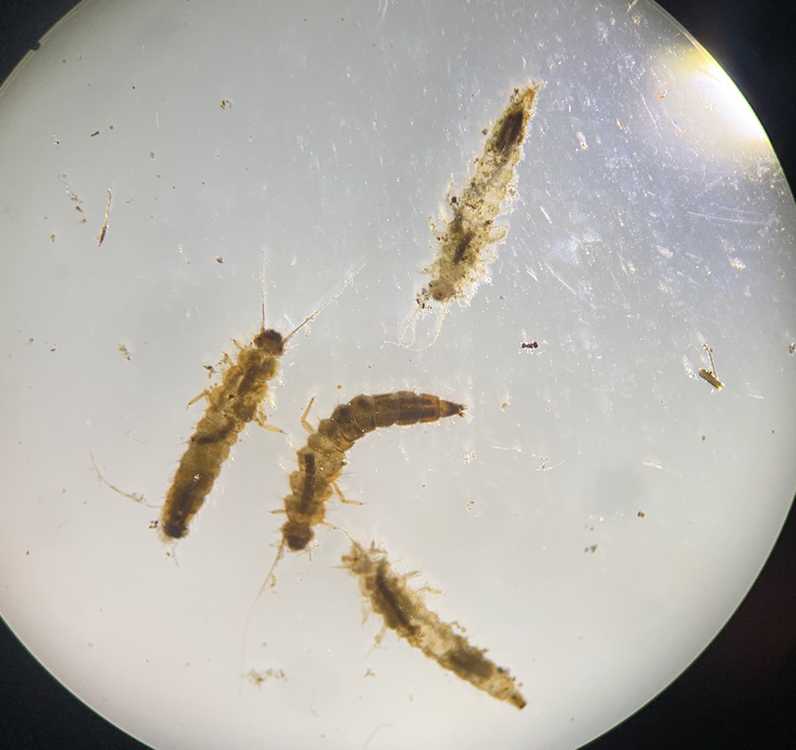
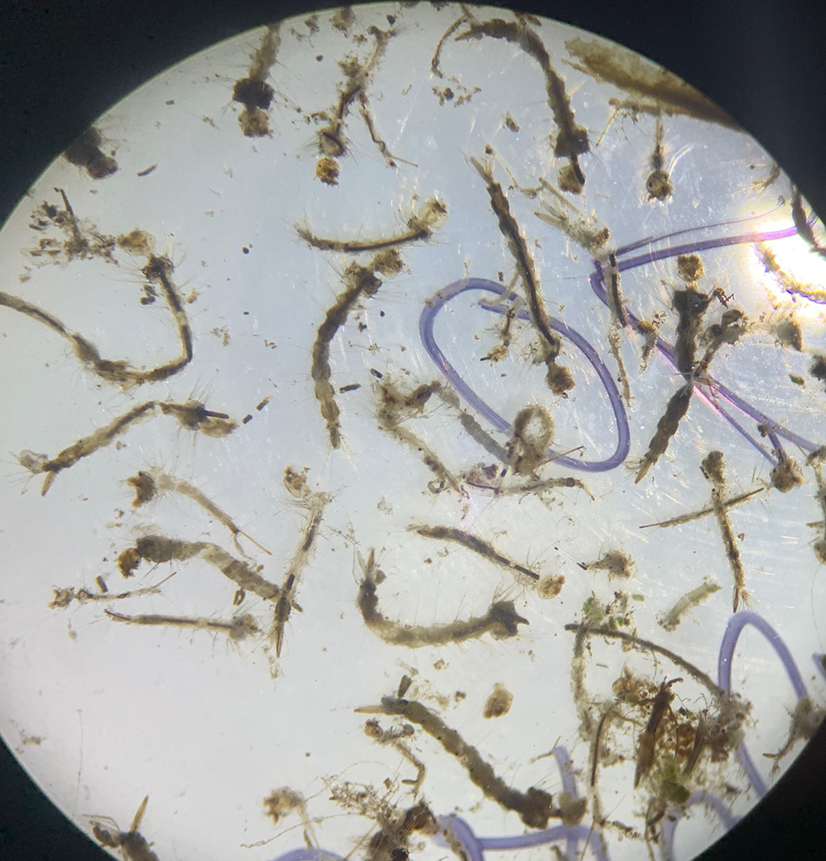
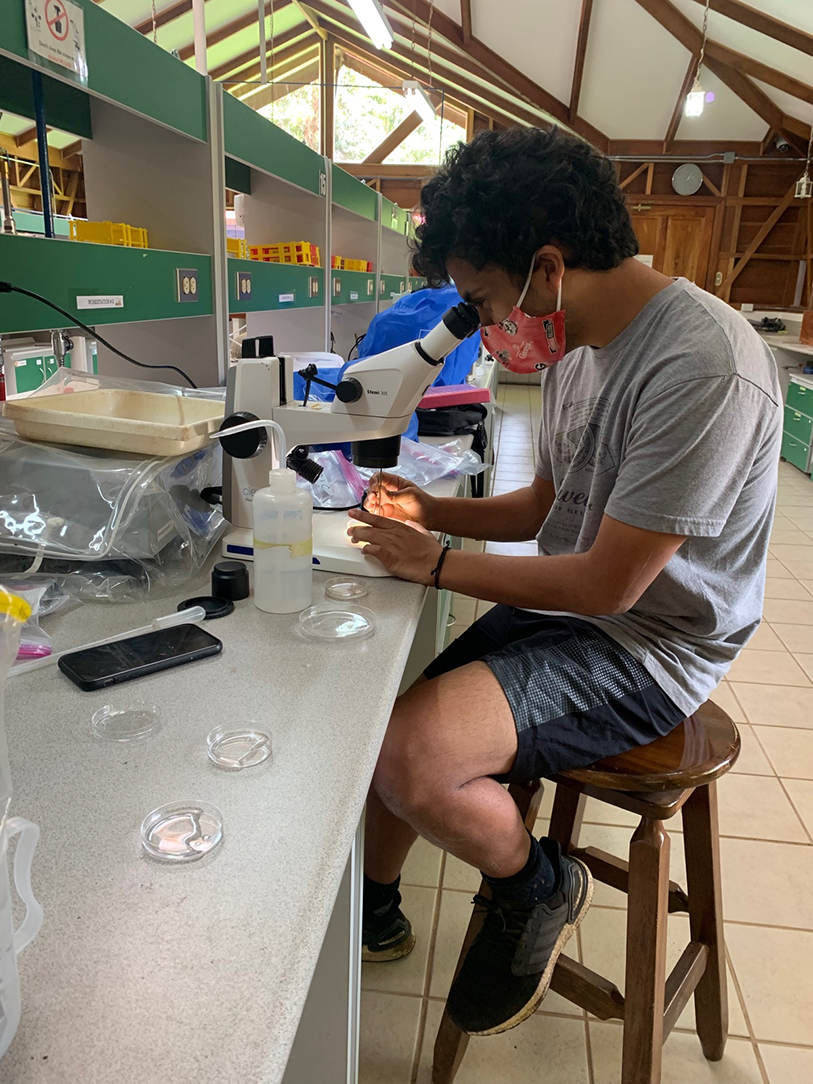
Results


- Fabaceae leaves decomposed faster in the open canopy than the closed canopy, while Melastomataceae leaves had no difference in decomposition with canopy cover. These results align with Leroy et al. (2017)
- No correlation of decomposition with insect abundance, size, hydroperiod, and chlorophyll a

Discussion
- These results imply that decomposition is microbially driven within bromeliads.
- The open canopy’s increased light exposure could increase the temperature within the bromeliads and the activity of microbes
- Chl a and insect abundance might not correlated with decomp since we measured it instantaneously and not over time
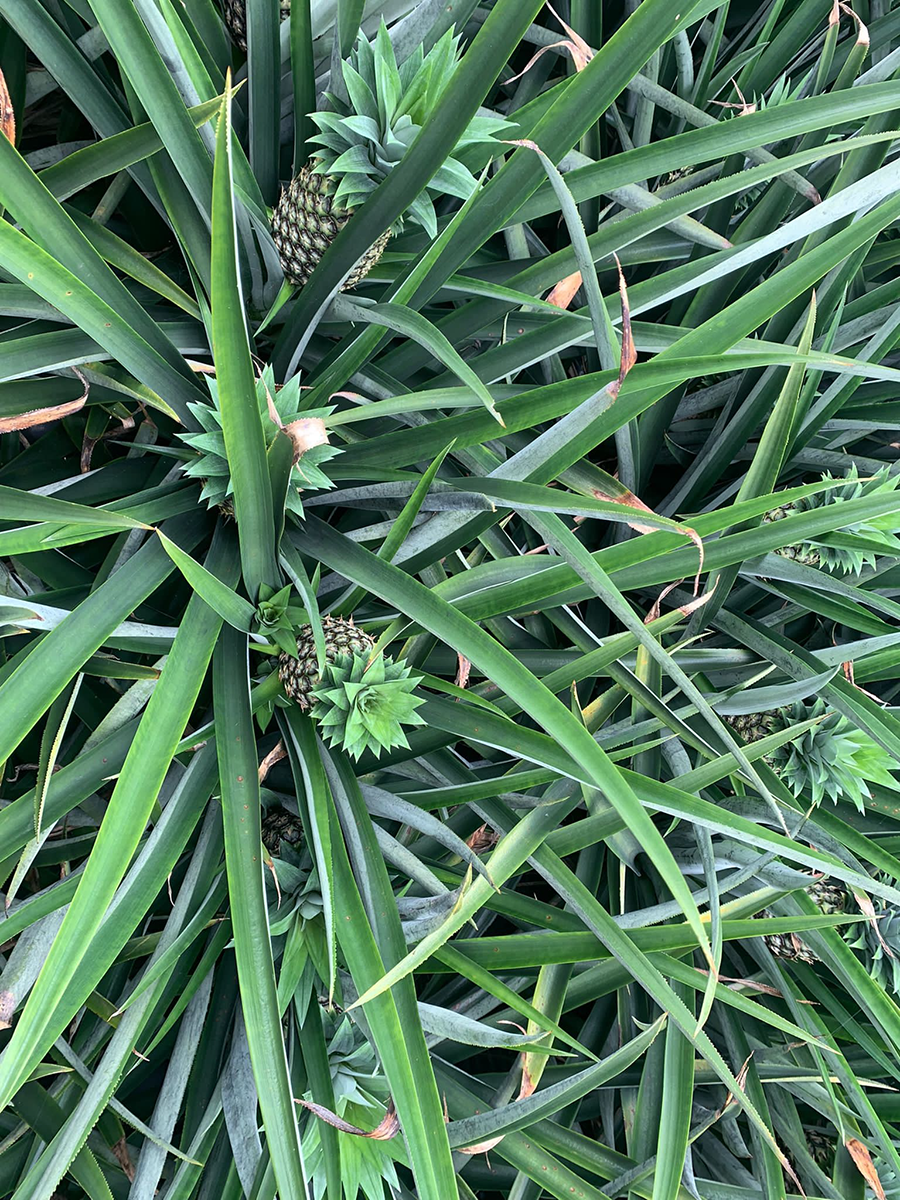
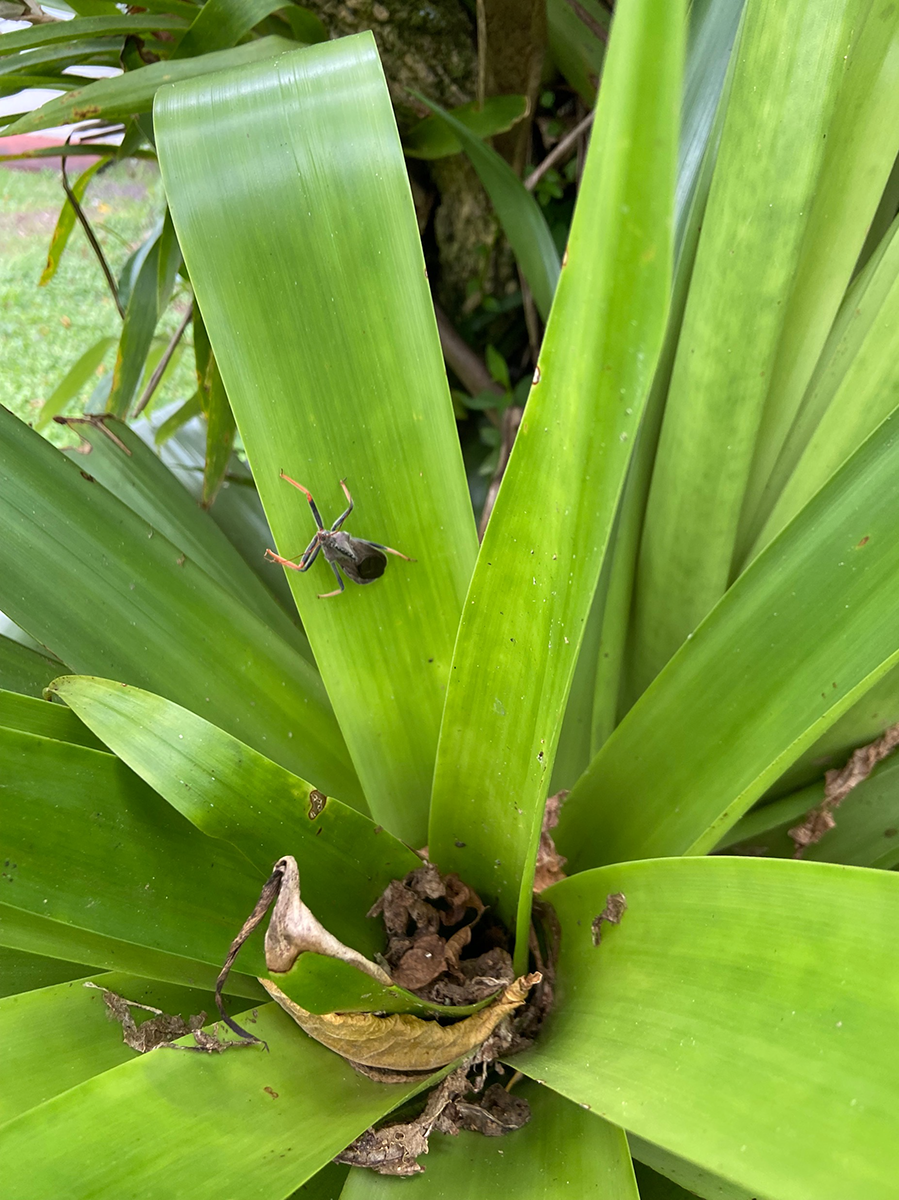
Future Goals
- We would like to use the Keuskamp et al. (2013) tea bag index to investigate the drivers of decomposition within bromeliads. This method has been used successfully in many anaerobic conditions
- Additionally, we would also like to measure the redox environment of the bromeliads to see if their geochemistry is driving decomposition.
Acknowledgements
- We would like to thank the CIEE staff for their assistance in research and letting me use their campus and equipment
- We would like to thank Kate Moore, Will Ellis, Rose Barfield, Preston Harden, and Caroline Ascombe for their help sampling Bromeliads
References
Brandt, F. B., Martinson, G. O., & Conrad, R. (2017). Bromeliad tanks are unique habitats for microbial communities involved in methane
turnover. Plant and Soil, 410(1–2), 167–179
Leroy, C., Corbara, B. and Dézerald, O. (2017). What drives detrital decomposition in neotropical tank bromeliads?. Hydrobiologia 802,
85–95 (2017).
Spivak, A.C., Sanderman, J., Bowen, J.L., Canuel, E., and Hopkinson, C. (2019). Global-change controls on soil-carbon accumulation and loss in coastal vegetated ecosystems. Nat. Geosci. 12, 685–692.
Download Original PDF of Poster
